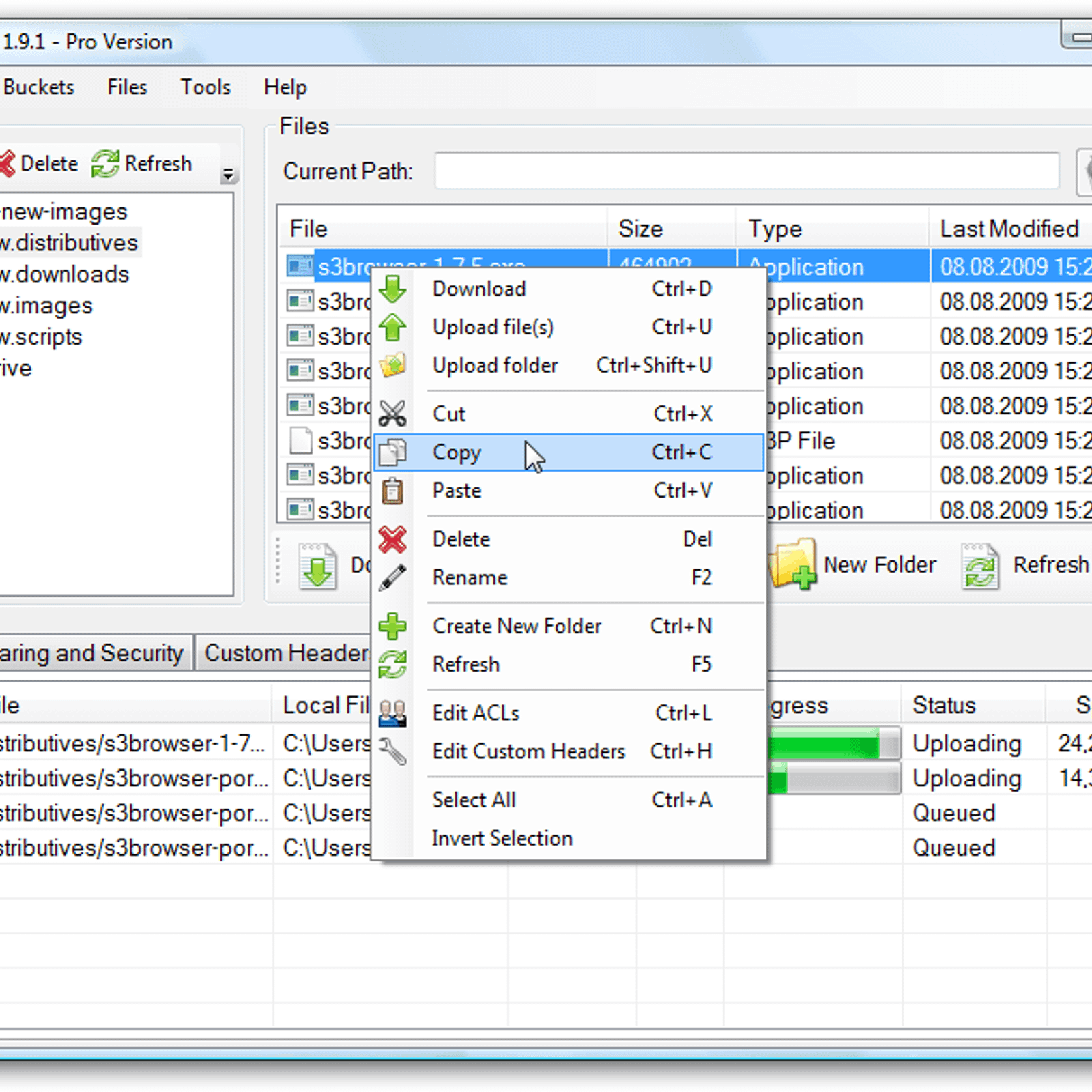https://heredload743.weebly.com/blog/betus-com-reviews. Below is the list of Amazon S3 tools mostly from the third-party developers which can assist in managing your S3 account on Windows, Mac and Linux PCs – S3 Browser. The S3 browsers a freeware applications designed for Windows PC users for providing a simple web service interface and help you manage your work very easily.
ExpanDrive is a fast and powerful S3 Client for Windows, Mac and Linux. If you need to manage content in the cloud you're going to need a powerful tool like ExpanDrive to connect to the S3 API. While Amazon provides a basic storage browser inside the AWS console it's not a complete solution designed for desktop access or heavy usage. You can also ' list/delete/upload/download' files without attaching s3bucket to Linux system using s3cmd/AWS s3 cli or you can use s3fox plugins where you can manage s3bucket via firefox browser. How to Mount S3 Bucket on Linux Instance.
Play poker for free online. I recently wrote a bash script that automates a database backups to zipped files on a Raspberry Pi. I would then periodically SSH in and transfer the backup files.
This was a simple temporarily and manual solution, but I wanted a way to automate sending these files to a remote backup. I use AWS quite often, so my immediate plan was to transfer the files to S3 (Amazon's simply storage platform). I found that Amazon has a very nifty command-line tool for AWS including S3.
Here are my notes…
S3 Browser For Linux Command
Installation
The platform I'm demonstrating with is Raspbian Jessie. This should be much the same for other Debian-based Linux distros, like Ubuntu.
Install Python PIP
Install AWS CLI
Linux Browser For Windows

Acrobat pro mac download. This will take a little while to complete.
Documentation: http://docs.aws.amazon.com/cli/latest/userguide/installing.html
Add aws command to the PATH variable
This is for convenience and means we can access the aws command anywhere in the terminal.
Documentation: http://docs.aws.amazon.com/cli/latest/userguide/awscli-install-linux.html#awscli-install-linux-path
Check installation
Configuration
You will need to create a user on your AWS account and carefully configure it's permissions and policies. I won't cover this in detail, but the basics steps are:
- Log in the the AWS console web site.
- Go to the IAM Management Console > Users > Add user
- Type in a user name and select Programmatic access to get an access key ID and secret access key, instead of a password.
- Set up the user's permissions.
- Apply the user credentials to AWS CLI on the Linux machine.
In my situation, I'm using this for remote backups, so I restricted the user to a single S3 Bucket (‘my-bucket' in this example), and only list and upload permissions, but not delete.
Here's my custom policy JSON: External hard drive for imac backup.
Make sure to keep the provided ID and key safe and secure. We'll use this next. Note: The credentials displayed in my examples are fake! 😉
Back on the Linux machine, we'll configure aws with our new user credentials:
That's it! You should be ready to go 🙂
Example S3 operations
Reel rich devil slot. Here are a few basic examples on how to access S3 using command line.
List the contents of an S3 bucket
List the contents of an S3 bucket directory
Upload a file to S3
Delete a file from S3
Note: I received an access denied message because my user should not be allowed to delete files.
